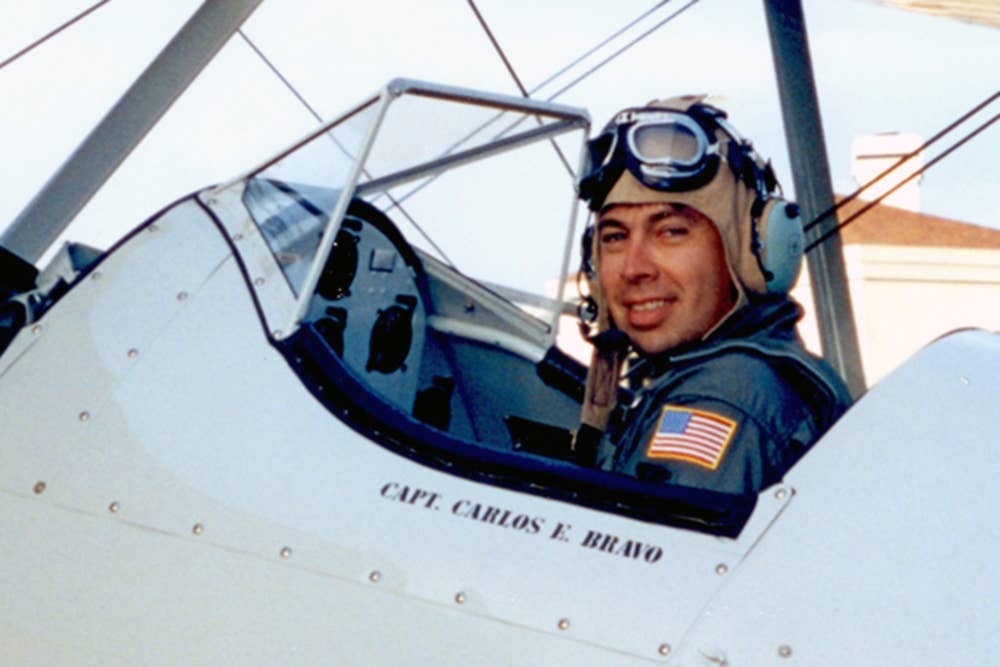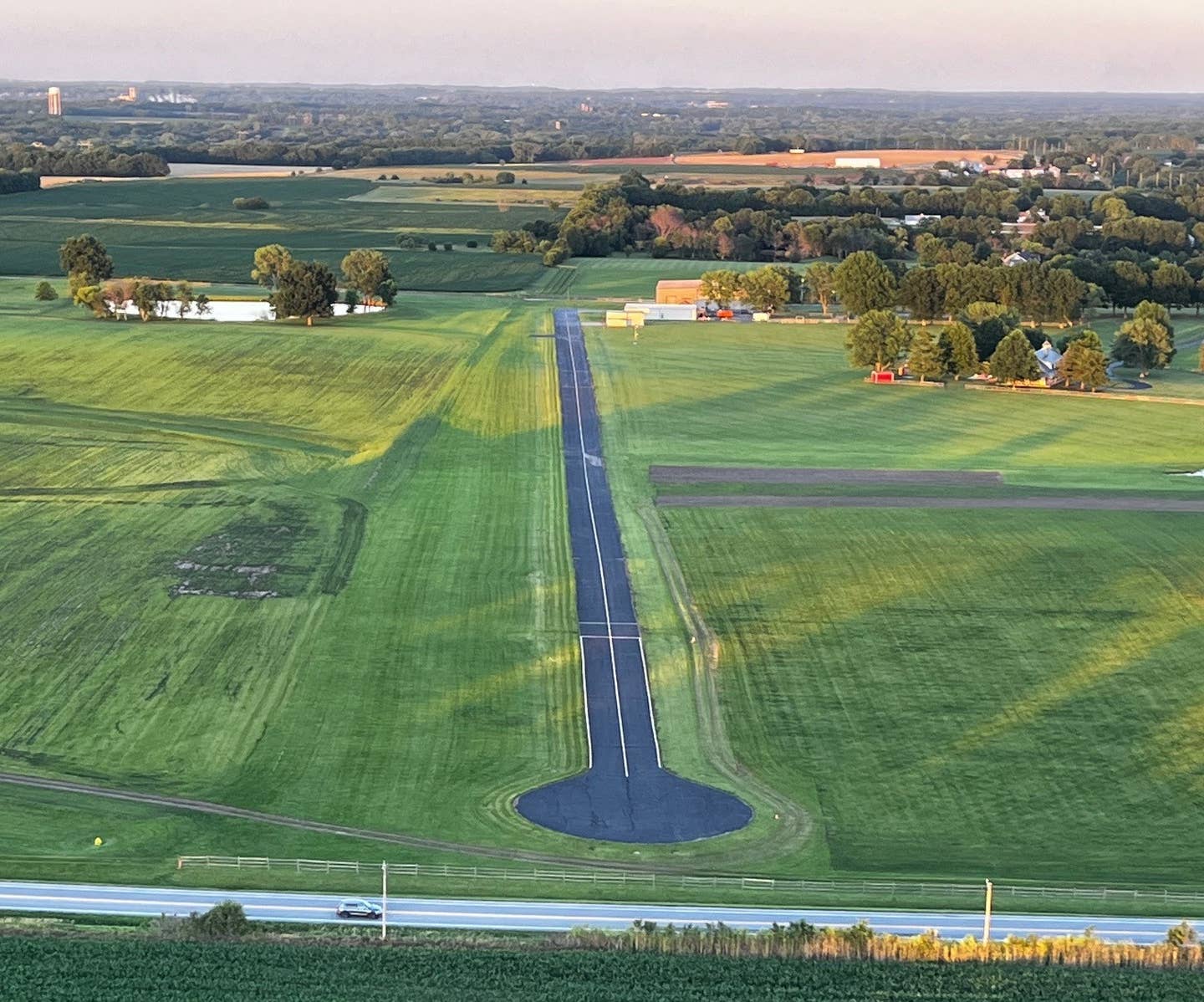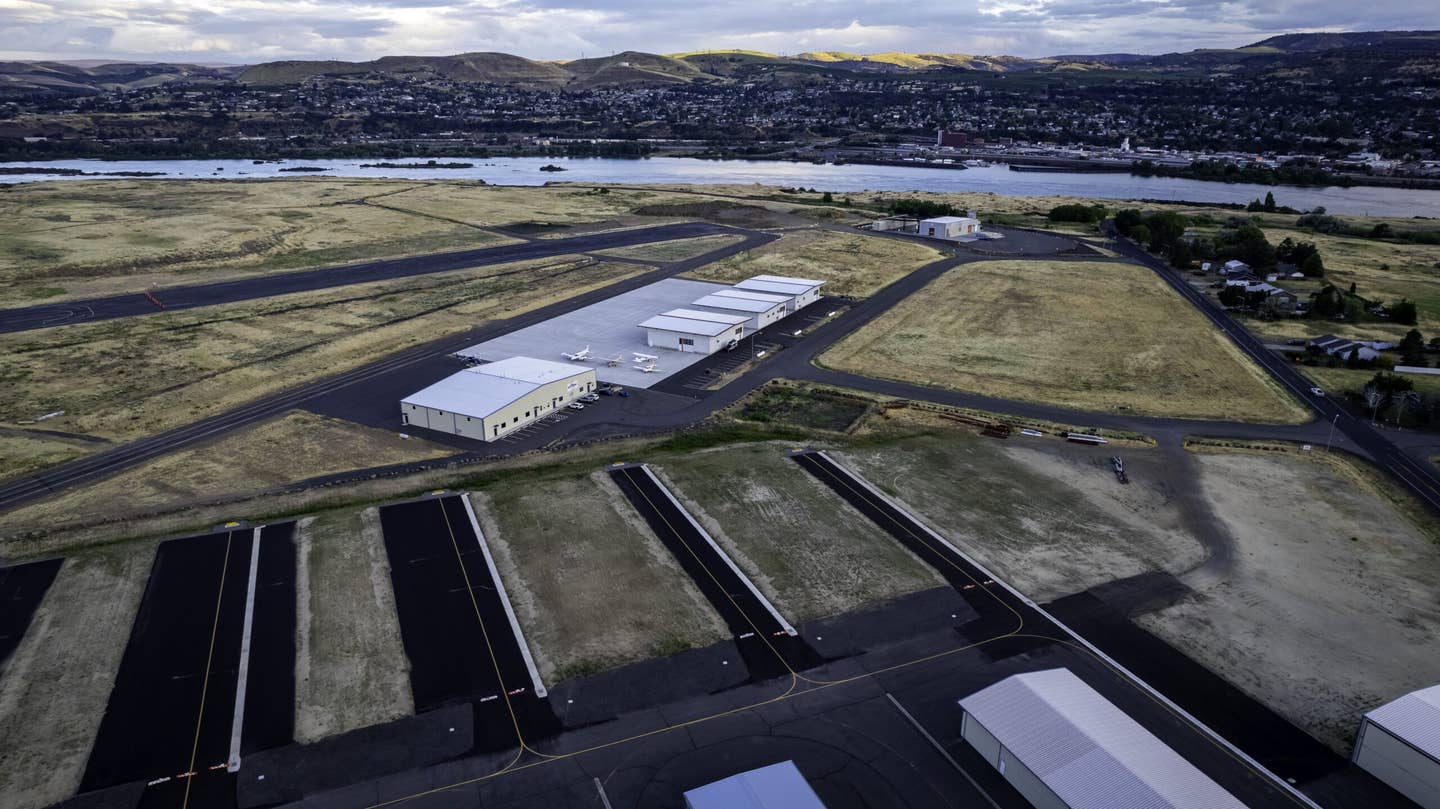Real Estate Veteran Finds His Aviation Paradise
Carlos Bravo loved Spruce Creek so much when he made his first visit in 1998, he started selling homes there.

Carlos Bravo keeps his 1940 Stearman Biplane, Princess Belle, within the hangar attached to his home.
Carlos Bravo has sold real estate at the Spruce Creek Fly-In Community in northeastern Florida for 14 years. Bravo, his wife Patricia, and his daughter Nicole have lived at Spruce Creek for 23 years.
But it was that first trip that sealed the deal.
“It was like arriving at Disney World the first time that I came here,” Bravo recalls when describing his initial visit.
That fateful trip for the airpark-based real estate broker came in 1998 as he was in the process of getting an enterprise resource planning company he co-founded listed on the Nasdaq stock exchange.
Having grown tired of the unnecessary time spent commuting between his residence in Chicago and the nearest airport, he sought a home that he could taxi to and from. After an extensive search of almost two dozen airparks in the Sun Belt, he found Spruce Creek.
And his comparison of the Daytona Beach area aviation community to the famed amusement park an hour south makes perfect sense. As the largest (by total acreage and homes), pilots regard Spruce Creek as an aviator’s paradise.
Spruce Creek looks like any other airpark full of people passionate about aviation, just on a much larger scale. And just like other fly-in communities, it really shines during the evenings and weekends, when aircraft of all types dot the skies, onlookers intently gaze upwards from their golf carts, and conversations move to hangars as the sun sets.
As a veteran of the property, Bravo understands what makes the community unique and why aviation enthusiasts hold it in high regard.
His real estate firm’s efforts at Spruce Creek highlight its unique qualities. Karlhaus Realty is a “small boutique firm with about four agents that is customer focused” and heavily relies upon the internet to enhance its operations.
And it’s not by accident that the firm showcases the community on websites, social media, and other online tools. Having spent most of his career prior to founding Karlhaus within the technology and management consulting verticals, Bravo understood the power of the web.
“I have over one hundred domains related to residential airparks and Spruce Creek. Most of our marketing really happens online. When I am asleep, I am selling houses across the world, to people from New York, Chicago, Spain, Russia. Most of our customers are out-of-town buyers, but we will occasionally have local buyers as well.”
Full-time Pilot and Resident
Of the current resident pool, Bravo estimates that roughly 60 percent are part-timers who predominantly live in Spruce Creek’s home town of Port Orange, Florida, during the winter season. He on the other hand lives at Spruce Creek year-round and keeps his 1940 Stearman Biplane, Princess Belle, within the hangar attached to his home.
Being a pilot for nearly four decades and an aeronautical engineer by training, Bravo feels that he has an unparalleled advantage over other agents hoping to assist buyers or sellers in the fly-in community.
“You have got to be a pilot to sell hangar homes. For example, a jet buyer would be looking for a hangar home that will fit their aircraft and I know what pilots look for as a pilot myself. Typically seek a pilot broker when looking for aviation real estate,” Bravo said.
“With my aviation background, I can talk about hangar sizes, approaches, and other aspects with them.”
History Lesson
The history of Spruce Creek often comes up with potential buyers.
The layout of the fly-in community as it exists today is the byproduct of an evolving vision more than five decades ago. As laid out on Karlhaus’ website showcasing the community, McKinley “Mac” Conway, a prolific real estate developer and thought leader, sought to convert World War II surplus airfields into office and industrial parks where customers and suppliers could fly in. While Spruce Creek does host a few commercial elements (i.e. several restaurants, a country club, an acupuncture business, etc.) it is far more residential than what had initially been envisioned.
“The home styles vary from condominiums or single-family homes on the golf course to townhomes with plane ports, single family homes on zero lot lines and, of course, homes with attached hangars (‘hangar homes’) and direct access to taxiways.”
Within the 1,350-acre community, there are about 650 homes with taxiway access and about 1,400 homes in total. Altogether, there is approximately 19 miles of taxiway within Spruce Creek-which connects hangar homes, standalone commercial hangar spots, and various airport amenities to one another.
With Spruce Creek having strict rules on who can enter by permission only (including police), it’s a place where people feel comfortable living, even celebrities. The airpark was once home to John Travolta and his Gulfstream. Since then, other A-listers have learned of the attractiveness of being able to land out of the public eye, with the taxi to their home hangar taking only a few minutes.
Bravo says that the airpark is, “A place where property values have held better than most parts of the country, providing a real-life testimony to the old aphorism: ‘they just don’t make them like that anymore…”
If You’re Interested
With no new construction or empty lots available at the fly-in community, buyers have a finite number of properties to select from. Bravo mentions that typically there are around 80 or so homes at the airpark for sale at any given time. But this year has been a very special case, with only eight on the market right now. As such, “We have so many more buyers than inventory right now and need listings to sell.”
Bravo said that of the dozens of commercial hangars at the airpark, they are typically 50-foot-by-50-foot and currently go for about $500,000 each. These are located in an area separate from residential areas. Home prices vary widely based upon type, size, and location within the taxiway-adjacent portion of the community.
Traditionally configured hangar homes range in price from around $500,000 on the lower end up towards $15 million. Homes that have adequate hangar space for a light jet or multiengine piston are in the $1.5 million range.
A positive byproduct of the “supply being so limited and the market being global [of people looking at the fly-in community] is that the Florida real estate market is not in play as much here.” Consequently, Bravo anticipates that demand will remain strong throughout the coming year and buyers will continue flocking to Spruce Creek.

Subscribe to Our Newsletter
Get the latest FLYING stories delivered directly to your inbox






